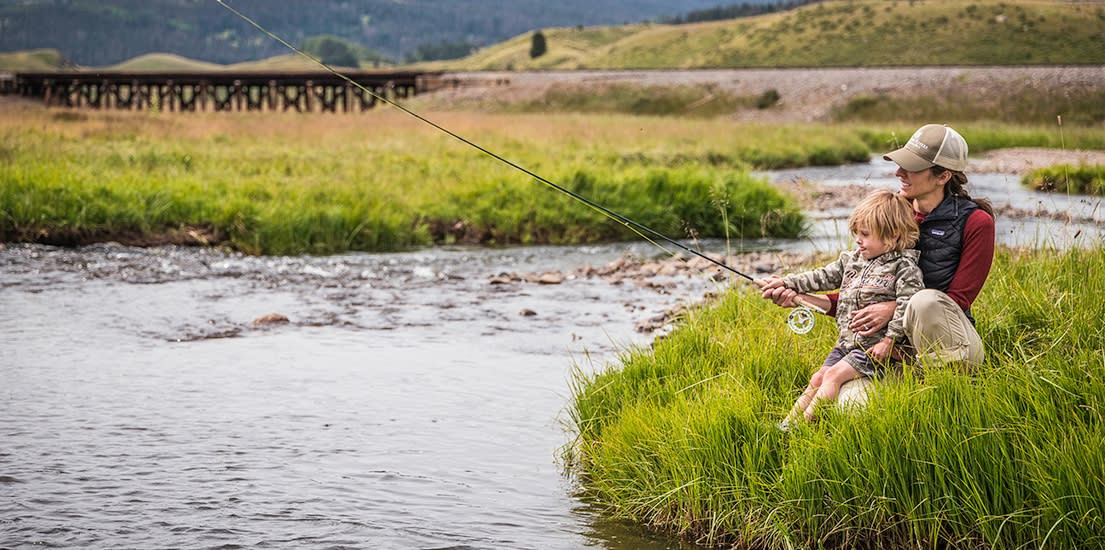Completing our efforts on the Rio de Los Pinos, Western Rivers Conservancy has permanently protected some of the finest trout water in Colorado. In October, we conveyed our second property on the Los Pinos to the Rio Grande National Forest, protecting an additional 268 acres of prime open space and securing public access to a stunning stretch fly fishing water. Combined with the adjacent parcel we conserved last year, the land traces more than a mile of the Rio de Los Pinos along some its most accessible reaches, just off Highway 17, northeast of Chama, New Mexico.
The Los Pinos is a gem of a trout stream, with healthy populations of brown and rainbow trout. Native Rio Grande cutthroat once thrived here, and the river’s excellent cold-water habitat—including the reach that flows through these two properties—provides hope that these imperiled fish may one day be reintroduced.
Flowing from a series of alpine lakes in the San Juan Mountains, the Los Pinos tumbles through conifer forests, lush meadows and granite canyons over its 40-mile course. It loops into New Mexico before crossing back into Colorado and eventually feeds into the San Luis Valley of the Rio Grande.
Near Cumbres Pass, the Los Pinos enters a small, perched valley and slows to a broad meander, hemmed by open meadows and forests of spruce and fir, and an 1880s-era narrow-gauge train—the Cumbres & Toltec Scenic Railroad—carries sightseers up and down the valley.
The valley’s unbroken natural beauty is highly desirable for subdivision and home construction. One of the largest blocks of private frontage near Cumbres Pass was owned by a family with deep, multi-generational ties to the San Luis Valley. The family wished to see their former summer pasture lands, which include wetlands and other features that attract migratory birds in spring and fall, permanently conserved as open space. WRC committed to protecting the properties, helping the family ensure these lands were permanently conserved.
We purchased both parcels, and with funding from the Land and Water Conservation Fund, conveyed the lands to the adjacent Rio Grande National Forest. Rather than being subdivided and developed, the properties will now remain intact, providing habitat for fish and wildlife and sustaining the hope that Rio Grande cutthroat can one day be reintroduced to the Rio de Los Pinos.


